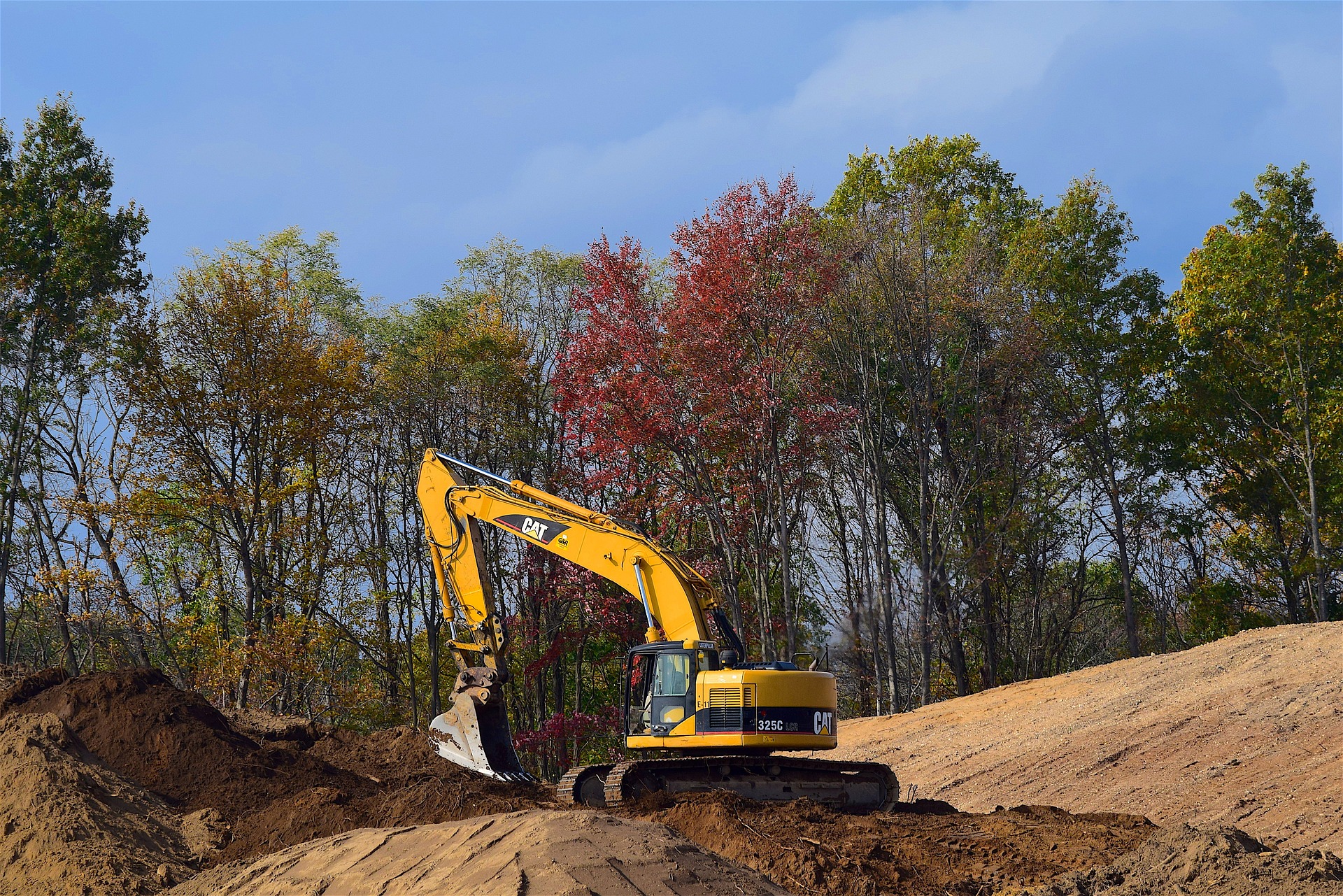In the construction industry, safety is paramount, especially when it comes to excavations and confined spaces. These areas present unique hazards that can jeopardise workers’ well-being if not properly managed.
This article aims to provide comprehensive guidance on the essential knowledge required for the UK Construction Skills Certification Scheme (CSCS) exam, focusing on excavations and confined spaces.
Avoiding Collapses and Other Hazards
The primary risk in excavations is the potential for wall collapses. Unsupported walls can cave in, posing a severe threat of crushing workers. To mitigate this risk, it’s crucial to batter back (incline) or step the excavation sides if there’s any danger of collapse, regardless of the trench’s depth. Additionally, guard-rails should be installed around the top of the excavation to prevent accidental falls into the trench, which could lead to serious injuries.
When working in an excavation, always be alert to signs of instability. If you notice the side supports shifting, take immediate action. The appropriate response is to ensure a prompt evacuation for yourself and your colleagues. Similarly, if you start feeling dizzy while in a deep trench, prioritise safety by evacuating promptly and reporting the incident. These symptoms could indicate the presence of harmful gases or lack of oxygen.
Safe entry and exit from deep excavations are vital. The safest method is using a fixed staircase, which provides stable footing and reduces the risk of accidents compared to other methods like ladders or using loose soil as footholds.
Caution Around Utilities and Equipment
When excavating near underground utilities, extra care is needed. If you uncover coloured marker tape during digging, it typically indicates the presence of a buried service. This is a signal to proceed with caution to avoid damaging the utility. Different colours denote different services; for instance, yellow pipes signify gas lines.
When working close to underground electrical services, use an insulated spade. This tool reduces the risk of accidental contact with live cables, enhancing safety. Also, be wary of equipment around excavations. If a lorry backs up to a trench and leaves its engine running, swiftly exit the trench. The vehicle’s exhaust fumes can accumulate in the trench, creating a toxic environment.
Understanding Confined Spaces
Confined spaces, such as tanks, silos, or deep trenches, pose significant risks due to limited access and the potential for hazardous atmospheres. The primary danger is insufficient oxygen levels, which can lead to unconsciousness and even death by asphyxiation. This risk is particularly high when oxygen levels drop below 8%.
Additionally, confined spaces may contain toxic gases. For example, a rotten egg smell often indicates the presence of hydrogen sulphide, a highly toxic gas. Methane gas is another hazard, as it can cause explosions and displace oxygen, making it doubly dangerous in enclosed areas.
Before entering a confined space, several precautions are essential. If there’s sludge at the bottom, determine its composition, ensure you’ve completed appropriate training, and verify that the space has been assessed for hazardous gases. Never rely on your senses alone; even odourless gases like carbon monoxide can be deadly.
Permits and Procedures in Confined Spaces
Working in confined spaces requires strict adherence to safety procedures. Always work under a valid permit, which outlines the specific conditions and duration for safe work. If your permit is due to expire before you complete the task, the only safe action is to exit the space before the permit expires. Continuing work without a valid permit is a serious breach of safety regulations.
Furthermore, it’s crucial to have a trained individual stationed just outside the confined space. Their primary role is to initiate rescue procedures in case of an emergency. This person is your lifeline, ready to act swiftly if something goes wrong.
Training and Competence
Given the high risks involved, it’s mandatory for anyone entering a confined space to undergo training and demonstrate competence. This training ensures that workers understand the potential dangers, such as oxygen deficiency, toxic gases, and other hazards. Knowledge is your best defence in these environments.
Environmental Awareness
Lastly, always be aware of your surroundings. During excavations, an unusual odour from the soil could indicate contamination, posing risks to health and the environment. Such signs should never be ignored and should prompt further investigation.
In conclusion, working in excavations and confined spaces demands unwavering attention to safety. By understanding the risks, following proper procedures, and maintaining constant vigilance, you can protect yourself and your colleagues from serious harm. Remember, in these environments, complacency can be fatal. Stay informed, stay alert, and prioritise safety above all else.

